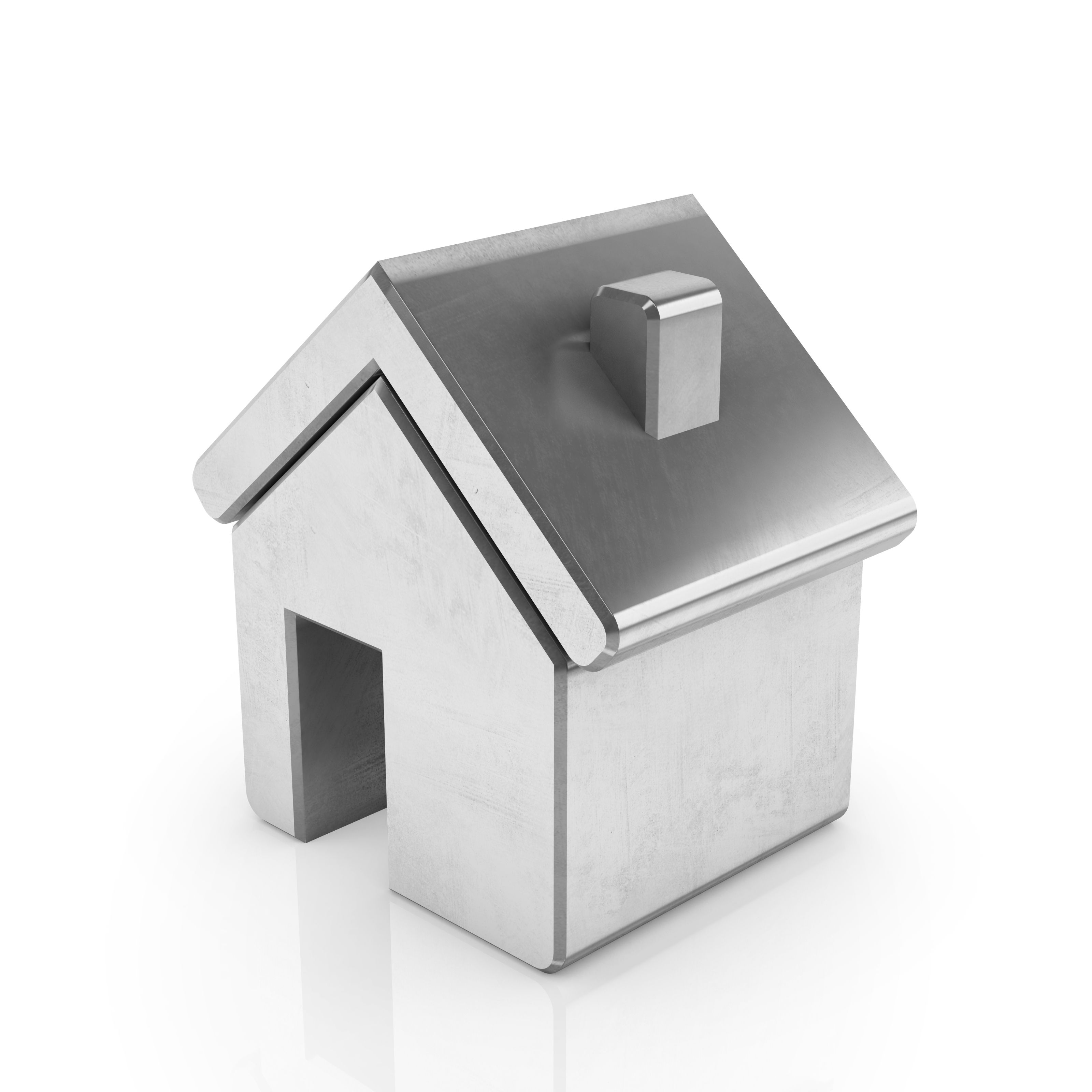
The total number of customers in arrears with their mortgages totalled 74,540 at the end of June, according to the latest data from UK Finance.
The data found that the number of homeowner mortgages in arrears continues to fall, with a reduction of approximately 200 compared to the previous quarter and 10% fewer than the same period last year.
Within the total, there were 25,160 homeowner mortgages in early arrears, a 1% rise on the previous quarter.
UK Finance says this was the only segment that saw an increase in arrears numbers in Q2, but the number remains 14% fewer than the same period in 2021.
Early arrears figures remain substantially lower than the numbers seen before the pandemic began. However, as signalled last quarter, this is likely to reflect early signs of pressure on household finances as cost-of-living pressures began to weigh more heavily from April onwards.
Also within the total, there were 28,840 homeowner mortgages with more significant arrears, 510 fewer cases than in Q1.
Since the end of the possessions moratorium last April, UK Finance says more customers in long-term financial difficulty who are unable to recover are now progressing to repossession or sale, allowing them to realise any remaining equity and to seek more sustainable housing options.
Meanwhile, there were 5,640 buy-to-let (BTL) mortgages in arrears of 2.5% or more of the outstanding balance in Q2 this year, representing a decrease of 4% compared with the previous quarter and 10% down on the year.
Data also found that 630 homeowners mortgaged properties and 350 BTL mortgaged properties were taken into possession in Q2 2022.
The total number of possessions remains unchanged from the first three months of the year.
However, the number of BTL mortgage possessions fell by 8%, while the number of homeowner mortgage possessions rose by 5%.
Commenting on the latest data, Phoebus Software sales and marketing director Richard Pike says although the headline figure from UK Finance today shows a fall in arrears in Q2, “the underlying data is pointing to a shift as the pressures from rising interest rates and inflation take hold”.
Pike says the rise in homeowner possessions, of 5% on Q1, “is perhaps an early indicator of things to come”.
“The prediction that household energy bills are likely to average £350 per month by January next year is something that, added to the rising cost of mortgages, will put immense pressure on many households. Now is the time for borrowers and lenders to be talking to each other and looking at ways to try to manage potential arrears or defaults. It’s not a terrible picture at the moment, but unfortunately, there will be some that find themselves in a difficult position over the next six to twelve months, unless things change dramatically,” he explains.
UK Finance notes that year-on-year comparisons for possessions will look unusually large due to greatly suppressed activity in Q2 2021 as the courts and the industry slowly resumed activity following the end of the possession moratorium.
Possessions taking place now are, therefore, almost exclusively historic cases which would, under normal circumstances, have taken place over the course of 2020 and 2021 and now need to conclude in the customers’ best interests.
In absolute terms, data shows that there were 530 more possessions in Q2 2022 compared with the same period last year, however, the total for this quarter is approximately half the number seen in Q2 2019.
This is shown by UK government figures also released today, which revealed that compared to the same quarter in 2021, mortgage possession claims increased by 39% from 2,499 to 3,476.
Government data also found that orders went up by 496% from 400 to 2,382, warrants saw a rise of 361% from 525 to 2,419 and repossessions by county court bailiffs increased 1,611% from 45 to 770.
The government notes that these figures are between 50% to 60% of pre-covid baselines.
Data found that the pattern is repeated for landlord possession actions.
When compared to the same quarter in 2021, landlord possession claims increased by 160% from 6,997 to 18,201, orders went up by 164% from 5,431 to 14,319, warrants saw a rise of 104% from 3,786 to 7,728 and repossessions increased by 210% from 1,582 to 4,900.
It also shows that mortgage and landlord possession claims, and repossession rates have risen across all regions. Landlord claims remained concentrated in London with nine of the highest 10 claims rates.
Meanwhile, the median average time from claim to mortgage repossession has increased to 110.1 weeks, up from 106.7 weeks in the same period in 2021. However, the government notes that the Q2 2021 figure was based on only 41 cases.
The median average time from claim to landlord repossession has decreased to 23.4 weeks, down from 60.1 weeks in the same period in 2021.
Commenting on the government data, Wildcat Law barrister and co-founder Tahina Akther says: “Unfortunately this is the tip of a very large iceberg.”
“We are seeing a significant number of early-stage cases. Many of these will no doubt ultimately end in repossessions. To put this in perspective, we are a long way off the peaks of the early 1990’s but then we are barely getting started with this latest recession.”
“Repossessions are always a last resort and are often a lengthy legal process. This means the data we are seeing reflects the situation of many months ago. In short, this is the Covid effect followed by the cost-of-living crisis. Many people have simply not recovered financially from Covid and hence there is no option available to lenders or the Courts but to repossess.”
Shaw Financial Services founder Lewis Shaw adds: “Now that the government moratorium on repossessions is over, it’s unsurprising that we’ve seen a considerable rebound, albeit still at lower levels than pre-Covid. However, with the cost-of-living crisis looming over us, it’s odds on that these figures will continue to rise as people’s disposable income is stretched to breaking point.”



